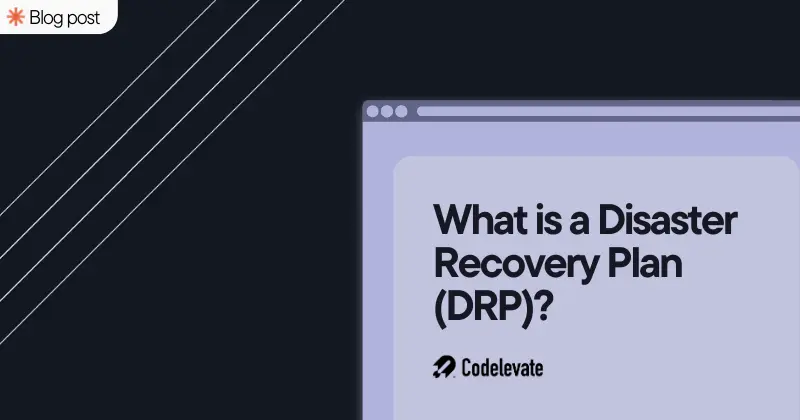Airtable vs Rowy - best Airtable alternatives 2024
In the dynamic landscape of no-code development, choosing the right platform is crucial for seamless collaboration and efficient data management. In this comprehensive guide, we'll explore two prominent players in the field – Rowy and Airtable. We'll delve into their features, advantages, and limitations to help you make an informed decision for your next project.
What is Rowy?
Rowy stands out as an open-source Airtable-like UI that operates on Google Cloud Platform, providing an innovative approach to database management and serverless cloud functions. The platform boasts a rapid installation process on GCP, eliminating the need for an extensive learning curve. Once deployed, users can effortlessly build applications and manage data with ease.
Pros of Rowy
- Open-source: Rowy leverages the resources of Google Cloud Platform to offer an open-source alternative to Airtable, ensuring flexibility and customization.
- Cost-effective: Rowy proves to be more budget-friendly than Airtable, making it an attractive option for businesses seeking cost-efficient solutions.
- Powerful Integrations: Rowy allows users to write cloud functions directly in the browser, facilitating seamless integrations with tools like Algolia, Twilio, SendGrid, BigQuery, and Slack.
- Access to Serverless Cloud Functions: Users can harness serverless cloud functions, storage secret manager, and perform CRUD operations effortlessly.
- No Learning Curve: With its intuitive design, Rowy eliminates the learning curve, enabling users to dive into app development swiftly.
Cons of Rowy
- Limited Database Support: Rowy currently supports only Firestore, restricting database options.
- New Tool, Limited Functionality: As a relatively new tool, Rowy may have some limitations in terms of functionality compared to more established platforms.
.jpg)
What is Airtable?
Airtable, a cloud low-code collaboration service, offers teams a versatile platform for creating and managing data-oriented projects. Its no-code interface, coupled with extensive integrations, makes it a popular choice among teams looking for intuitive data solutions.
Pros of Airtable:
- Intuitive Design: Airtable's no-code interface ensures an easy setup and management of databases without a steep learning curve.
- Adaptability: The platform combines spreadsheet-like grids with robust database capabilities, allowing users to structure and handle data effectively.
- Team Communication: Real-time collaboration features enable teams to update projects simultaneously, discuss through comments, share files, and track progress.
- Personalized Data Views: Airtable offers versatile view options such as Grid, Calendar, Timeline, List, and Kanban.
- Seamless Connections: Integration with popular tools like Slack, Google Drive, and Trello through platforms like Zapier enhances workflow efficiency.
- Industry-specific Templates: A diverse library of pre-built templates caters to various sectors and functions.
Cons of Airtable:
- Cost Considerations: Airtable's pricing model, especially for higher tiers, can lead to increased costs with team growth.
- Data Entry Limitations: Tiered plans have entry limitations, potentially causing bottlenecks for larger enterprises.
- Storage Constraints: Lower-tier plans may have restricted attachment space, posing challenges for businesses with extensive multimedia needs.
- Closed Source: Being closed-source limits customization options, reducing flexibility for unique business requirements.
- Limited APIs: Rate limits on the API may slow down applications handling vast data or requiring intricate integrations.
- No Self-hosted Option: The absence of a self-hosting option raises concerns about data security and compliance.
- Vendor Lock-in: Airtable's proprietary platform may lead to challenges in case of changes or company-related issues.
Which One to Choose?
Choosing between Rowy and Airtable involves a careful consideration of specific project needs, team dynamics, and budget constraints.
Rowy, with its open-source flexibility, cost-efficiency, powerful integrations, serverless cloud functions, and minimal learning curve, is an ideal choice for those seeking a customizable, budget-friendly, and versatile platform.
On the other hand, Airtable stands out with its intuitive design, adaptability, collaborative team communication features, versatile data views, seamless connections with mainstream tools, and a rich library of industry-specific templates.
The decision ultimately hinges on factors such as preference for open-source solutions, budget considerations, familiarity with the platforms, and specific project requirements.
Whether you prioritize the flexibility of Rowy or the user-friendly features of Airtable, both platforms offer robust solutions for a successful no-code development journey.
Reach out to us to discuss your project goals and explore how we can guide you through the implementation of Rowy or Airtable, turning your vision into a reality.
Conclusion:
In the Rowy vs Airtable comparison, the choice ultimately depends on your project requirements, team dynamics, and budget constraints. If you're seeking an open-source, budget-friendly solution with powerful integrations, Rowy might be the perfect fit. On the other hand, if you prioritize an intuitive interface, adaptability, and an extensive library of templates, Airtable could be the ideal choice.
Ready to launch a new project using no-code? Whether you choose Airtable or Rowy, we're here to guide you. Contact us today if you're looking to build a project using Airtable or Rowy.


.webp)


.svg)




